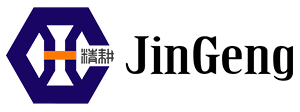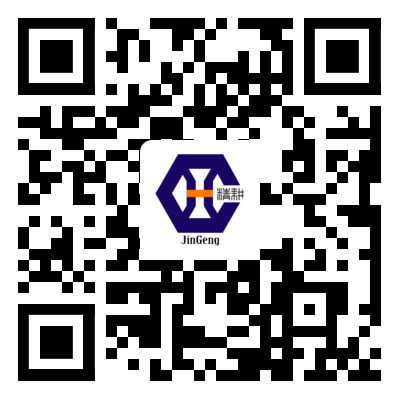- English
- Español
- Português
- русский
- Français
- 日本語
- Deutsch
- tiếng Việt
- Italiano
- Nederlands
- ภาษาไทย
- Polski
- 한국어
- Svenska
- magyar
- Malay
- বাংলা ভাষার
- Dansk
- Suomi
- हिन्दी
- Pilipino
- Türkçe
- Gaeilge
- العربية
- Indonesia
- Norsk
- تمل
- český
- ελληνικά
- український
- Javanese
- فارسی
- தமிழ்
- తెలుగు
- नेपाली
- Burmese
- български
- ລາວ
- Latine
- Қазақша
- Euskal
- Azərbaycan
- Slovenský jazyk
- Македонски
- Lietuvos
- Eesti Keel
- Română
- Slovenski
- मराठी
- Srpski језик
What is a linear actuator?
2022-03-07
Linear actuators that provide push/pull are often called electric actuators. These actuators are retractable and use push tubes using guide screws, ball screws, or roller screws. They come with basic motors.
Available for 24VDC or 12VDC, but ac versions are also available) and gears to provide fixed speed and force options. They typically have a range of 50mm -- 700mm, with forces from 50N to 500kN (from high-performance versions). Electric actuators are used in situations where duty cycles are typically in the 10-25% range.
High performance linear actuators are also based on telescopic push/pull capabilities. However, they usually do not come with a motor, so you can choose the motor best suited to a particular application. Servo motors are also common (servo linear actuators), which provide external control of motion profile, speed, torque, etc. High-performance linear actuators can be used with motors that provide forces up to 500kN. Due to the control and environmental advantages they provide, there is increasing interest in replacing hydraulic actuators with such actuators.
Positioning linear actuators are used to provide linear positioning of loads, usually large loads. Many different versions are available, providing different performance characteristics. These actuators typically provide repeated positioning from a few microns to 100 microns with loads from a few grams to 1000 kg. The structure is usually aluminium extruded with linear guides driven from a belt or ball screw. Belt-driven actuators are useful for long stroke applications, where stroke may exceed 10m. Install various motors according to application.
A servo linear actuator is an actuator combined with a servo motor, which can be pushed/pulled or positioned. Servo motors allow the motor to exchange information with and be controlled by an external control system. This allows changes in speed, stroke, torque control, etc. Servo actuators can also be used when 100% duty cycle is required.
Pneumatic linear actuators are also widely used. These tend to be simple push/pull applications. They have the advantage of potentially higher speed and lower cost. However, due to the control and environmental advantages provided by these systems, pneumatic actuators have been significantly transformed into electric and servo actuators.


